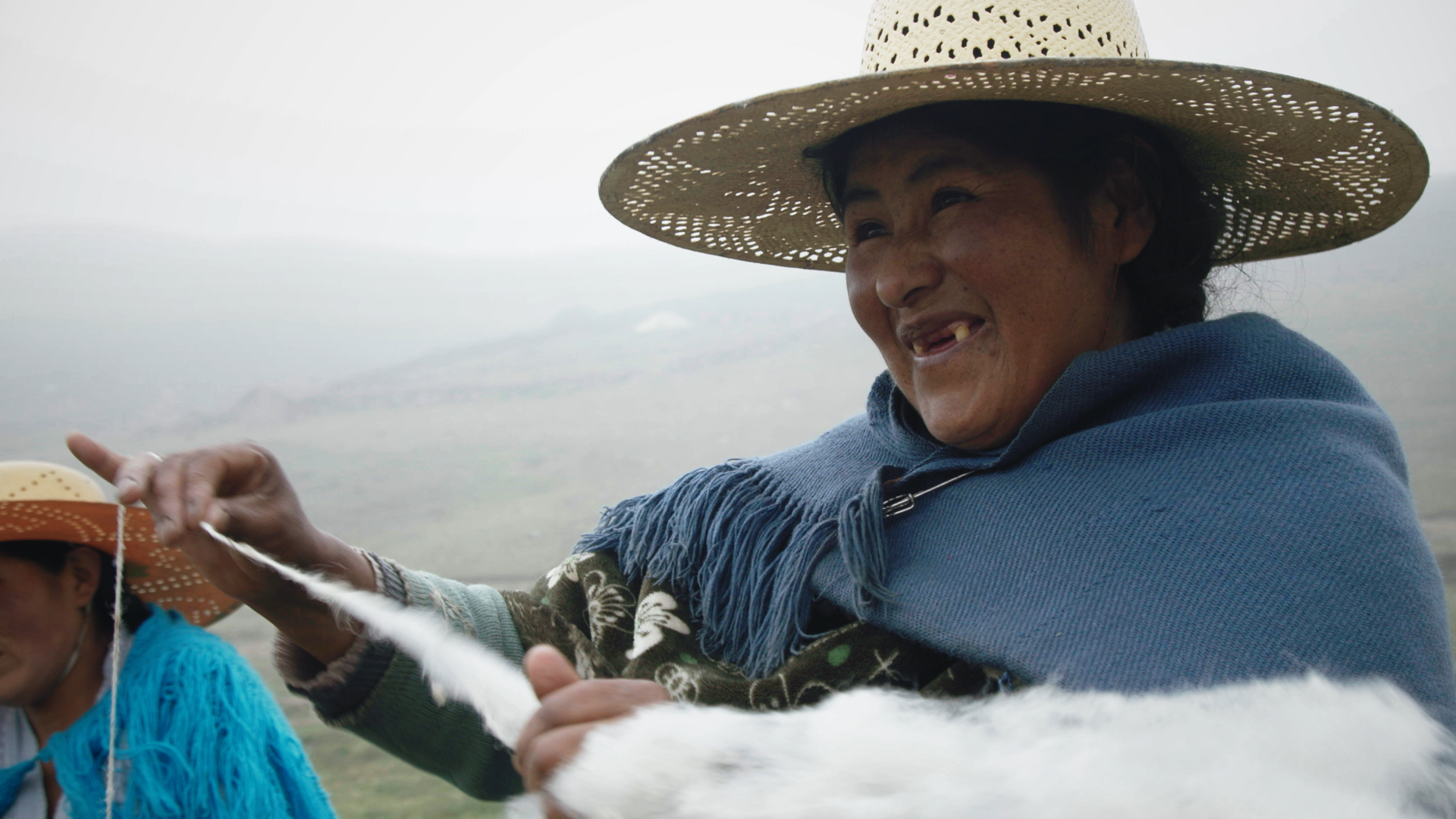Insight: Producing a global documentary series for the BBC
Producing climate focused documentaries
I produced six short docs for the BBC without getting on a plane and often working with directors and crew I had never worked with before. The documentary series involved a few ‘rules’ and guidelines that made the process of producing the films that bit more challenging.
BBC Future Planet has a rule that journalists/filmmakers cannot fly to locations when writing a story.
All filmmakers must be local nationals and female wherever possible.
The films must focus on female climate guardians in the global south - who have developed solutions for mitigating or adapting to the conditions created by climate change.
The budget and travel expenses allowance is quite limited.
Top Commissioning tips
Investigate and connect with filmmakers globally via instagram, glimmer.io (formerly Storyhunter) and other networks.
Ask your Linkedin network to pitch in ideas and repost your call for pitches.
Send filmmakers a short brief, guidelines and clear ‘rules’
Ensure that the pitches made can work with the budget.
If the pitch is engaging, a video call helps establish a working relationship and trust and also helps explain what you are looking for
What do I look for when receiving a pitch?
Is the story ‘complete’ - are all the elements already there?
Is it original and not already published by a mass media publication?
What visual elements will be available? Is the story still fresh/recent?
What access to contributors, locations or institutions have been approved?
Has the filmmaking team demonstrated the ability to produce an observational contributor-led documentary?
What images or media are assets are already available ?
Which stories were commissioned and why?
The spongy creatures cleaning Zanzibar's oceans
This was visually stunning and quite unique - sea sponge farming is not widespread and known - it’s also quite difficult to do. But the idea of single divorced women doing this seemed really empowering. It’s positive for the environment and for women’s position within their immediate community. And visually it was easy to ‘see’ the images - women swimming in crystal clear water, tending to the sponges and then returning to their village close by. It’s also bang on the brief as it’s a successful climate adaptation strategy. Seaweed farming has become more difficult as a result of the warmer sea, so switching to sea sponge farming is a successful way of adaptating to changing conditions. Watch the film. You can also read the article published on BBC.com.
2. A day in the life of the Black Mambas
The Black Mambas is an all female anti-poaching unit operating on the fringes of the Great Kruger national park in South Africa. The all female unit is engaged in preserving the national environment and stopping the killing of wild animals for bushmeat. Unusually, they don’t carry guns and aim to establish strong relationships with the local community. This was visually impressive and in terms of gender equality it hit the mark. The production team would have two days to follow a patrol at work. Watch the film
3. Surviving a typhoon in the Philippines
The Agusan wetlands in the Philippines is a fast changing challenging environment in which to live and work. The Manobo people have lived and worked on this lake for generations. And their houses have also evolved in order to resist fast changing water levels and strong typhoon winds. This pitch was visual, original and fitted the brief. Audiences are engaged by stories of indigenous solutions to the impact of climate change. Again, the challenge here was access. Luckily, the filmmaker already had good relationships with the key community leaders and had gained their trust. And the use of drone filming helped show the actual moving of a floating home. Watch the film
4. How a village in the Himalayas was entirely relocated
Shanta Nepali, a talented filmmaker from Nepal, sent in a pitch. I could see immediately that she had the ability to tell stories of indigenous mountain people with real sensitivity. The first pitch did not work so I asked her for other ideas. She immediately came back with this story of Sam Dzong, a village that had to be abandoned because of drought caused by climate change. Even though the actual move had happened a few years ago the impact of this move was still very real. There were still a couple of people living in Sam Dzong and some had not been able to get over leaving their houses. Here the challenge was the sheer distance to the village. The filmmaker, Shanta Nepali, was based in Kathmandu - so it was going to take about 4 days for her to make this uncomfortable journey (without flying). She filmed at Sam Dzong and the new village. Here the relationship between the people and the landscape was key. The barren landscape and abandoned monotone fields told the whole story. Watch the film.
5. The all female firefighting unit operating in Borneo
This brilliant pitch came in via an industry contact. The story was already there - the ‘older’ women were regaining their position within their communities and gaining respect from farmers and local government officials by fighting the ever increasing peat fires. The climate impact on the peat fires was obvious and the impact on human health was very evident. Here the challenge was the sheer remoteness of the location and ensuring the filmmaker and journalist could access the villages before the rainy season started. Watch the film and read the article.
6. Climate chaos makes Paddington Bear 'hangry'
Conflict in the Andes between the Andean bear and cattle farmers
This pitch focused on human animal conflict which had arisen because of the pressure on natural resources driven by climate change. It was an intriguing and original story that had little media coverage. The filmmakers had gained access to a remote community living in the cloud mountains above Cochabamba. It’s a remote and challenging location - and the chances of actually filming a bear were very small. The community leader explained the challenges of the location and how they were trying to resolve the problem of the bear. Watch the film. You can also read the article about efforts to protect the Andean bear across Bolivia.
This film was shortlisted for the One World Media Environmental Reporting Award.
















